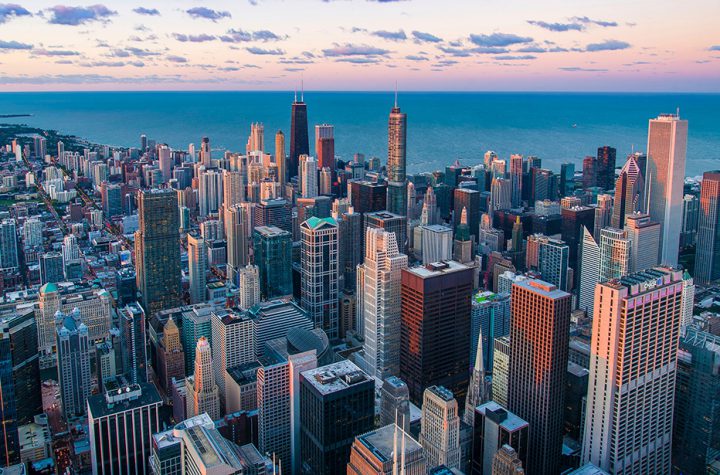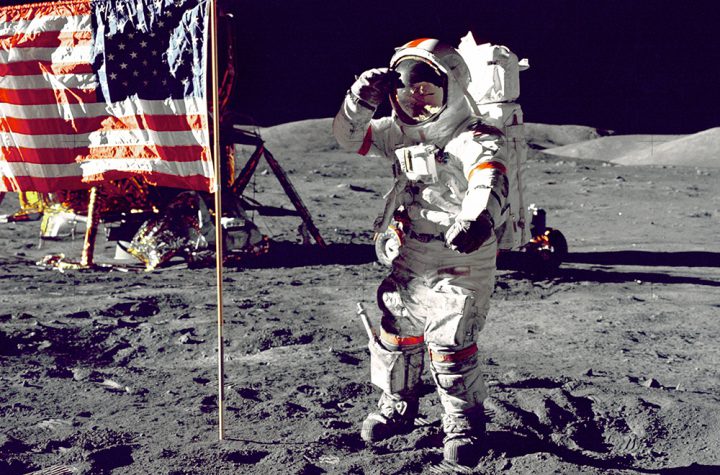
The winner of this election and the shape of the next Government are unclear tonight after the publication of this exit poll carried out by IPSOS MRBI for RTÉ, The Irish Times, TG4 and UCD.
The figures are broadly consistent with the opinion polls that have punctuated the election campaign.
Yet there is enough here to shock the political system for a variety of reasons.
One is the suggested strength of the Sinn Féin vote that this survey points to. The traditional pattern of Sinn Féin’s first preference vote dropping on eve of an election does not seem to have happened this time.
Then there is the relative recovery of sorts in the Fine Gael vote. This is especially pertinent given that many within the party had a sense that the campaign had gone very badly wrong.
This poll suggests that while the party’s vote has decreased by three points since the 2016 general election it remains level with Fianna Fáil.
That would mean that seats losses are possible but nothing in the order of what was predicted in recent days.
Fianna Fáil will I suspect look at this poll tonight and still believe that it will emerge over the next two days as the biggest party.
It will also point to exit polls in the past that have underestimated its final share of the vote while simultaneously over estimating the Fine Gael vote.
But this is a larger sample and the margin of error is plus or minus 1.3%.
It will take solace too from internal polling data gathered over several months that suggest it will emerge with the most seats.
A read of the constituencies possibly lends credence that out but suddenly there must be major doubts now about the party making the kind of gains many in its ranks were hoping for.
The Sinn Féin decision to run just 42 candidates will inevitably limit its ability to translate this suggested first preference vote surge into the type of seat gains that otherwise looks to have been within its grasp.
There is a very interesting historical precedent here. In 1992 the Labour Party found that it had run too few candidates when the “Spring Tide” came in.
That day it ran, yes you’ve guessed 42 candidates, won 19% of the first preference vote and had 33 TDs elected.
All the subtle measuring devices of the PR-STV system will be required to unravel what voters have asked for in this election.
On first reading they look to have rejected that pledged exclusion of Sinn Féin from the next government by the two bigger parties in the last Dáil.
That raises a number of questions.
Can either Fianna Fáil or Fine Gael step back from that absolute position now?
Is it politically sustainable for those parties to exclude Sinn Féin from government formation talks based on these project figures?
Equally it has to be asked could Fianna Fáil consider again that offer of a grand coalition with Fine Gael?
The next option is whether there is any chance of Sinn Féin managing to lead a government if it fused a coalition together with the smaller parties and independents?
If the answer to all of the above questions is most likely no, then it’s surely a minority government again.
But that’s only feasible if Fianna Fáil finishes with more seats than Fine Gael and Leo Varadkar as he has indicated offers a reverse confidence and supply arrangement in the national interest.
Otherwise one of the above options will have to be revisited or there would have to be another election.
That’s surely a scenario which does not appeal too many of the parties or independents.Except perhaps for Sinn Féin, who could then field more candidates, and based on this projection win far more seats in a fresh election.
The smaller parties have much leverage here with the Green Party on course to make significant gains.
However, this poll suggests that the first preference vote of Labour is down on what it was in 2016 when the party’s support collapsed after its time in government.
These indications of its latest electoral return could task of convincing the party membership to return to government again very difficult indeed.
The Social Democrats could possibly make seat gains here but ultimately it could yet be the dozen or more independents that look set to get elected to the 33rd Dáil that could determine the final shape of the next government.
Roll on count day where grappling with the electoral puzzle might become marginally easier.





More Stories
Justice Rajiv Shakdher also asked the media houses AGR Outlier Media Pvt Ltd. and Bennett Coleman and Company Ltd. to ensure that no defamatory content is uploaded on social media platforms or displayed on their channels.
Two people have become the first passengers on a Hyperloop, a technology considered to be the future of high-speed ground transport.